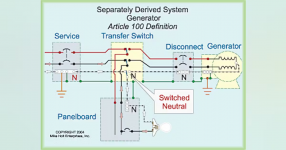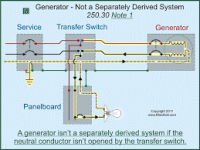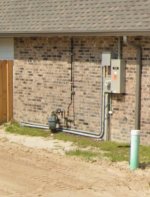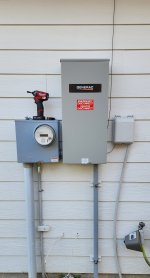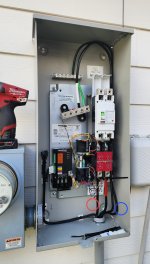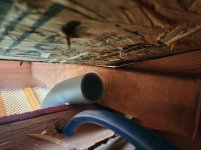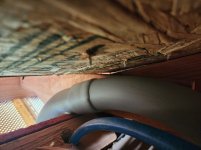TX+ MASTER#4544
Senior Member
- Location
- Texas
- Occupation
- electrical Code instructor and mentor
Yes, that's correct about switching the neutral conductor.That seems backwards. If you do switch the neutral, then it is a separately derived service. Also, who said the neutral was being switched?
The grounded(neutral) conductor is not switched at the ATS.
It is solidly connected there on the terminal bar.
The phase conductors are switched in the ATS.

